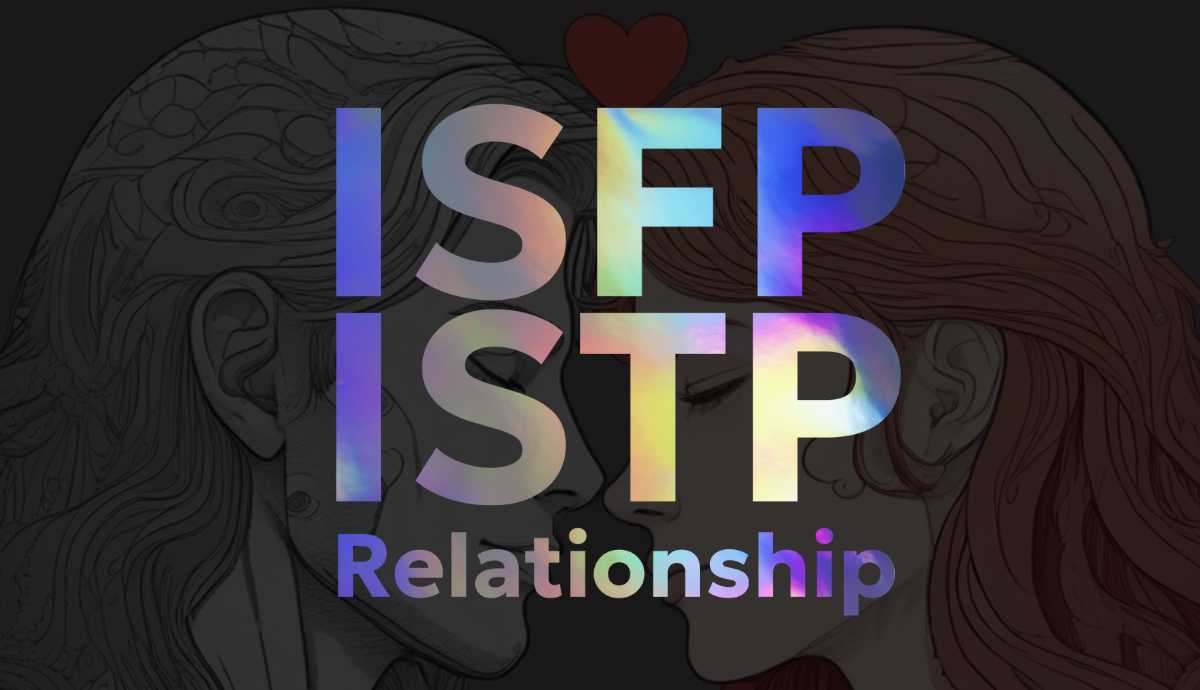The shadow type of ISTP is ESTJ. In Jungian psychology, the shadow represents the unconscious self and the aspects of our personality that we don’t accept as part of our ego identity. The shadow tends to manifest in ways unaware to us as a disruptive and negative force, However, when brought into our greater conscious awareness, it can be harnessed to positive effect.
Jung’s conception of the shadow is mostly based on the inferior function which he believed was host to all the things in ourselves that we feel ashamed of and try to repress. The inferior function is associated with inferiority complexes, neuroses, negative emotions, buried feelings, and qualities that we seek to disassociate ourselves from. The inferior function however, does not necessarily have to become such a cesspool of toxic psychology. Under healthy conditions, it can merely represent weak spots in our personality that we can work on and improve.
Nevertheless, Jung believed that the inferior function was the gateway to what he described as the shadow. MBTI theorist, John Beebe later applied Jung’s ideas about the shadow to his model of the personality types that accounts for how all 8 cognitive functions play out in each one. Beebe envisioned the cognitive functions as archetypal personas that act as different lenses through which our ego perceives and operates in the world. For each personality type, 4 cognitive functions constitute the conscious ego and the other 4 constitute the unconscious shadow. Here is a look at how the ISTP shadow functions play out in theory.
ISTP 5th Function: Te Opposing.
ISTPs lead with their introverted thinking. They’re more concerned with applying their thinking toward analysis and knowledge acquisition than toward the creation of external systems and logistical planning. When ISTP’s dominant Ti perspective is obstructed, they may then use an Extroverted Thinking perspective to defend it.
ISTP’s shadow Te manifests as a negative emotional response to external standards being imposed upon them and their Ti principles. Here, ISTPs become argumentative about efficiency and the way things are organized in their environment. ISTPs use their shadow Te to oppose the way other people order the external world so that they can order it according to what makes sense to their Ti hero.
ISTP 6th Function: Si Critical Parent.
ISTPs use their auxiliary Se to gather and assimilate information about objects in their physical environment and how they work. ISTPs like to explore and observe details about their surroundings and make decisions based on what they can find. Extraverted Sensing supports their Ti judgement and allows them to gain proficiency and mastery over the use of tools and technical skill work.
ISTP’s Si Critical parent however, manifests as a negative emotional response to being negated on their understanding and remembrance of facts. ISTP can take it badly when someone criticizes or fact checks them or points out an obvious or important detail that they overlooked. In response, ISTPs can become critical and disgruntled about other people’s accounts of facts and in turn become testy and nitpick about factual accuracy.
ISTP 7th Function: Ne Trickster.
With their tertiary Ni, ISTPs have an inner vision and sense of direction that guides them through life. They have an interest and concern about the future and display a good amount of foresight when they are not busy living in the moment. ISTP’s Ne trickster manifests in response to feeling backed into a corner or double bound by the implications against them or a negative outcome that they would like to avoid typically accompanied by the threat of punishment. ISTP may use Ne trickster to throw out a variety of deflections and mitigating possibilities to cast doubt, misdirect and get others off their back. In other words, ISTP may engage in trolling and gaslighting to take the heat off them.
ISTP 8th Function: Fi Demon.
Fi demon emerges as result of feelings of rejection and exclusion by others. When ISTP’s perceived worth in the eyes of others is low, ISTP may develop a martyr-like acceptance of their plight and embrace their emotional pain as a sign of virtue. This can be transformative for them but can also lead to a kind of moral narcissism. Fi demon can lead ISTP to deem others as evil and corrupt and find fault in everyone but themselves. This moral posturing may manifest as a desperate attempt at protecting the integrity of the ego when it’s sense of social worth and moral character is in question.
Want to know your astrology placements? You can generate your astrology chart here with our free birth chart generator tool.
related posts:
- ISTP Weaknesses; 7 Struggles of Being ISTP
- 6 High-Earning ISTP Careers
- 12 Shades of ISTP | MBTI The Zodiac
- INFP Shadow: The Dark Side of INFP
- ENTP Shadow: The Dark Side of ENTP
- INTP Shadow
- The Shadow Ego of Each Myers Briggs Type
- The 8 Cognitive Functions Explained - May 17, 2025
- American Presidents Ranked By Zodiac Sign - January 20, 2025
- ESTP and ESFP in love: 6 Dynamics of Their Relationship - September 4, 2024






Most annoying type.
Only cause that’s what you think doesn’t make i true, each type is equally good.